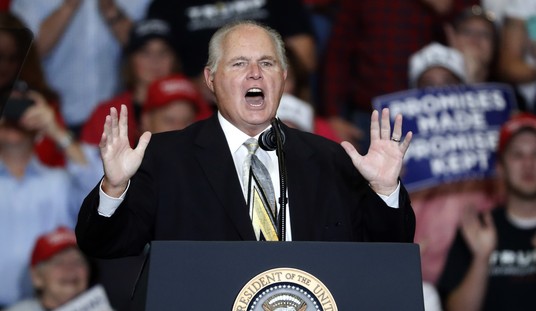After investing billions of taxpayer dollars in two domestic automakers to help them survive the dramatic downturn in car sales along with an enduring recession, Congress and the Obama administration want to help jumpstart the industry. The battery cables of choice for this operation — HR2751 Consumer Assistance to Recycle and Save (CARS), also dubbed “Cash for Clunkers” — is roughly patterned after a similar automotive stimulus scheme in Europe.
If it worked on the Continent, it must be a good thing, as the current beltway logic asserts.
The idea of encouraging people to retire their old relics of transportation for new vehicles should have merit, especially if it was a simple financial incentive. Since car dealers need buyers, auto manufacturing plants need to produce, and nearly all new vehicles are cleaner and safer then their predecessors, this seems like a splendid idea. And it might well be, if it was that simple.
Enter our elected leadership who have decided that the goal of increased fuel economy should be added to the jumpstart scenario. Heaven forbid that some irrational buyer, say a couple with a new or growing family, trade their fuel-sipping subcompact for a (horrors) midsize SUV or crossover. So after months of congressional deliberation, a bill emerged that is sold as green stimulus. To collect up to $4,500 green dollars, your old guzzler must get less than 18 mpg combined city/highway fuel economy and the new vehicle must deliver a 10 mpg improvement.
Before you buy a $500 heap to convert into $4,500 of taxpayer largess, the Cash for Clunkers program applies to a vehicle that has been registered in your name for at least a year. What’s more, the car or truck must be a 1984 or later vehicle to qualify. If the old machine meets those requirements but the new vehicle you’ve chosen isn’t 10 mpg better, there’s a $3,500 credit available if the improvement is at least 4 mpg.
Rules are even better for trucks, a phenomenon that has more than a few green advocates seeing red. For light duty trucks (half-ton pickups and SUVs) that get less than 18 mpg, a 2 mpg improvement will earn a $3,500 voucher and a 5 mpg improvement will ring the $4,500 bell. Larger trucks (6,000-8,500 pounds) have an easier threshold — the old truck must get 15 mpg or less, but only has to improve 1 mpg for $3,500 credit or 2 mpg to pick up the $4,500 winnings. The trucks in the 8,500 to 10,000 pound class do not carry EPA fuel economy ratings, so owners can trade in their well-worn, pre-2002 big trucks for a new one and pick up $3,500 in credit for their big pickup, although those vouchers will be limited.
While trucks of all descriptions surely need a jump start, the mere mention of currency for non-cars sent some politicians and the entire environmental community into a frenzy. Senators Dianne Feinstein, Susan Collins, and Chuck Schumer proposed an alternative bill with tougher fuel economy goals in all vehicle classes. It didn’t get traction. The Clunker bill narrowly passed the Senate, tacked onto a funding bill for Iraq and Afghanistan, after Senate leaders Harry Reid and Richard Durbin argued that our troops need equipment and the incentives will put people back to work.
As if this legislation isn’t convoluted enough, some lawmakers argued that late model used vehicles with good fuel economy should qualify like new ones. Their logic was that many of the owners of old, thirsty heaps might not qualify for a new car loan. Jeremy Anwyl, Edmunds.com CEO, agrees that many owners of ten-year-old cars are either not looking for car payments or simply can’t afford to buy a new vehicle. He feels that the new program will struggle to produce 250,000 vehicle sales, the newest goal for the scheme.
During the debate in the House and Senate, supporters suggested that the Clunker bill would take one-million guzzlers off the road. The Congressional Budget Office countered with a precise-sounding estimate of 625,000 vehicles. For the industry to return to pre-recession sales levels, an additional five million sales are needed. But I suppose you’ve got to start somewhere. Perhaps if we spent the entire $106 billion of the war funding bill on retiring clunkers, instead of the “paltry” $4 billion that’s estimated, we could put most of the driving population in shiny new vehicles.
So the purpose of this stimulus is to make our part of the planet greener and help get the struggling auto industry back on its feet. And, we’re promised that in doing these good deeds, we’ll get lots of people back to work. But when you look at the complexity of the bill’s formula, the fact that buyers have to figure out what their vehicle is worth, what its original EPA mileage was (adjusted to new EPA standards) and what new car or truck qualifies for the largess, it looks like the full employment act for bureaucrats.









Join the conversation as a VIP Member